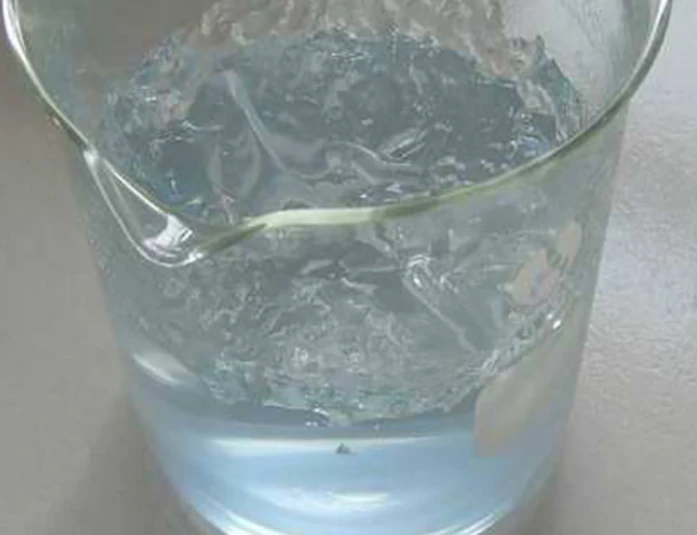pac poly aluminum chloride
Poly Aluminum Chloride (PAC) A Comprehensive Overview
Poly Aluminum Chloride (PAC) is a widely used coagulant in water treatment processes, known for its effectiveness in purifying drinking water and treating wastewater. It is a synthetic polymer that is produced through the hydrolysis of aluminum chloride, which results in a coagulant with a unique structure and properties that enhance its performance in various applications.
Chemistry and Structure
PAC is a versatile inorganic compound, characterized by its polymeric nature. Its structure generally consists of aluminum ions (Al³⁺) coordinated with chloride ions (Cl⁻) and hydroxyl groups (OH⁻). The polymerization of aluminum chloride leads to the formation of large, multi-valent aluminum complexes that can effectively destabilize colloidal particles suspended in water. The positive charge of these aluminum complexes interacts with negatively charged particles, causing them to aggregate and settle out of solution, thereby clarifying the water.
Applications in Water Treatment
One of the primary applications of PAC is in municipal water treatment facilities. Its effectiveness in removing turbidity and contaminants makes it an essential component of the flocculation process. By adding PAC to raw water, operators can achieve faster settling times for particles, resulting in clearer and cleaner water. Additionally, PAC has a higher range of pH tolerance, allowing it to work efficiently across different water chemistry conditions.
In wastewater treatment, PAC is utilized to remove suspended solids, organic matter, and other impurities before discharge. Its ability to operate effectively in both acidic and neutral environments makes it suitable for various industrial effluents. Moreover, PAC is often favored over traditional coagulants like alum due to its reduced production of sludge, making it more environmentally friendly and easier to manage.
Advantages of Using PAC
pac poly aluminum chloride

There are several advantages associated with the use of Poly Aluminum Chloride in water treatment
1. Higher Efficiency PAC has a higher charge density compared to traditional coagulants, leading to improved coagulation and flocculation. This results in better removal rates for turbidity and color.
2. Faster Settling Rates The larger flocs generated by PAC tend to settle more quickly, reducing the time required for sedimentation and enhancing overall process efficiency.
3. Lower Sludge Production Compared to other coagulants, PAC generates less sludge, which can minimize disposal costs and environmental impact.
4. Broader pH Range PAC is effective over a wider pH range, providing flexibility in varying water compositions and treatment needs.
5. Cost-Effectiveness The concentration of PAC allows for lower doses to achieve similar or better results than other coagulants, leading to cost savings in chemical usage.
Conclusion
Poly Aluminum Chloride is a critical component in modern water treatment and purification processes. Its unique chemical properties, efficiency, and versatility make it a preferred choice for both municipal and industrial applications. As water quality standards continue to evolve and the demand for clean and safe drinking water increases, the role of PAC in addressing these challenges will likely remain significant. Its contribution to sustainable water management practices embodies the ongoing commitment to improving public health and environmental protection.
-
Water Treatment with Flocculant Water TreatmentNewsJun.12,2025
-
Polymaleic AnhydrideNewsJun.12,2025
-
Polyaspartic AcidNewsJun.12,2025
-
Enhance Industrial Processes with IsothiazolinonesNewsJun.12,2025
-
Enhance Industrial Processes with PBTCA SolutionsNewsJun.12,2025
-
Dodecyldimethylbenzylammonium Chloride SolutionsNewsJun.12,2025





